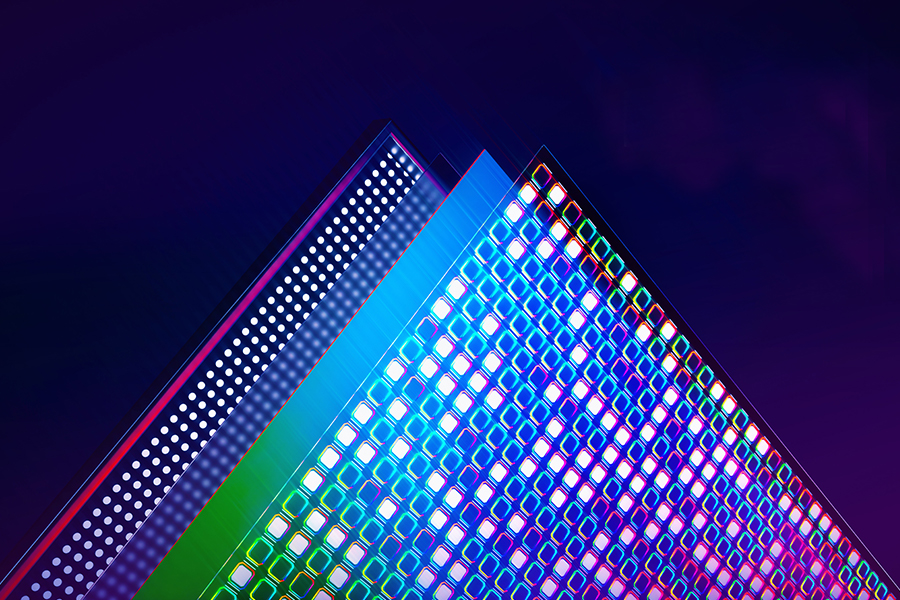Samsung Display develops blue phosphorescent materials with a goal of application in the second half of 2025
It has been observed that Samsung Display has set a goal of applying blue phosphorescent OLED devices in the second half of 2025. OLED devices use phosphorescent materials in red and green, with an internal luminous efficiency of 100%, but blue still uses fluorescent materials, with an internal luminous efficiency of 25%. Replacing blue fluorescence with blue phosphorescence can reduce the overall power consumption of OLEDs.
Daejeong Yoon, Senior Researcher at UBI Research, a market research company, stated that Samsung Display is actively developing light-emitting diode (OLED) materials that use blue phosphorescence, and has revealed that the OLED material combination for blue phosphorescence is named B1.
Daejeong Yoon also stated, "The red and green materials used for B1 will use a combination of flexible OLED materials being developed by Samsung Display for M15
Daejeong Yoon stated that he had previously predicted that the blue phosphorescent material might be applied to foldable screen phones planned for release in mid-2024, but the application time would be delayed from the second half of 2024 to the second half of 2025.
He added, "Samsung Display plans to use the blue phosphorescent material currently under development, even if its lifespan is only 55% that of the fluorescent material used in M11. The goal is to increase the luminous efficiency by more than 65% compared to the material used in M13
It is reported that M11 is used in the Samsung Galaxy S21 Ultra and Apple iPhone 13 series. M12 has been applied to the Samsung Galaxy Z Fold 4 and Apple iPhone 15 series. The M13 was previously used in Google Pixel 8 Pro and is expected to be applied to the Samsung Galaxy S24 series next year.
Daejeong Yoon predicts that M14 will be applied to the Apple iPhone 16 series, with odd number material combinations applied to Samsung Electronics and Chinese companies in the future, and even number material combinations applied to the Apple iPhone.
Daejeong Yoon also stated, "The red and green materials used for B1 will use a combination of flexible OLED materials being developed by Samsung Display for M15
Daejeong Yoon stated that he had previously predicted that the blue phosphorescent material might be applied to foldable screen phones planned for release in mid-2024, but the application time would be delayed from the second half of 2024 to the second half of 2025.
He added, "Samsung Display plans to use the blue phosphorescent material currently under development, even if its lifespan is only 55% that of the fluorescent material used in M11. The goal is to increase the luminous efficiency by more than 65% compared to the material used in M13
It is reported that M11 is used in the Samsung Galaxy S21 Ultra and Apple iPhone 13 series. M12 has been applied to the Samsung Galaxy Z Fold 4 and Apple iPhone 15 series. The M13 was previously used in Google Pixel 8 Pro and is expected to be applied to the Samsung Galaxy S24 series next year.
Daejeong Yoon predicts that M14 will be applied to the Apple iPhone 16 series, with odd number material combinations applied to Samsung Electronics and Chinese companies in the future, and even number material combinations applied to the Apple iPhone.